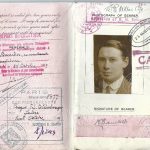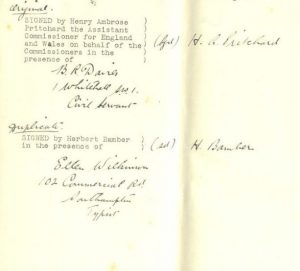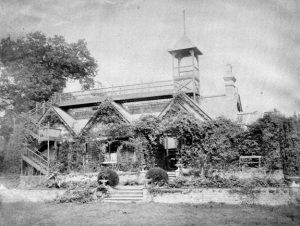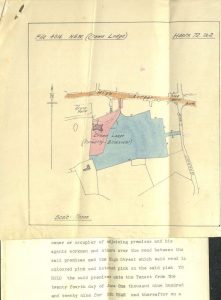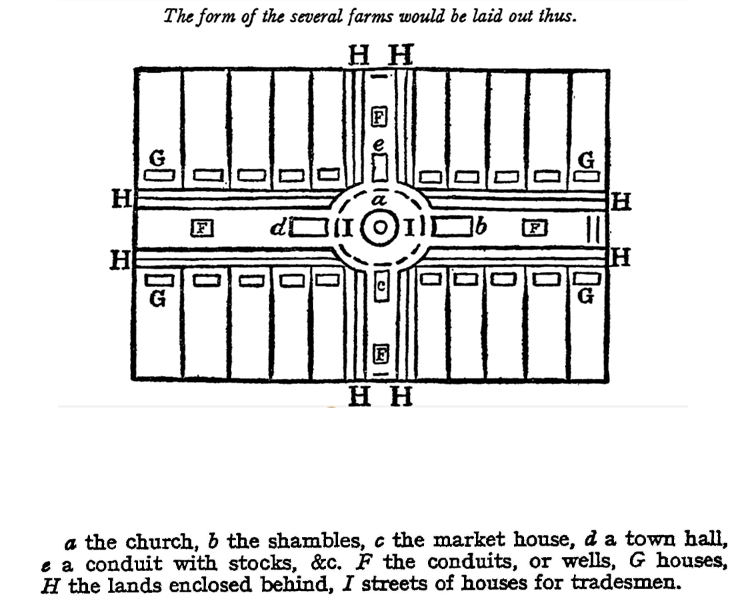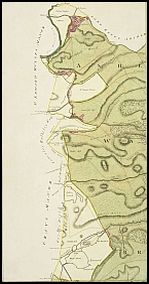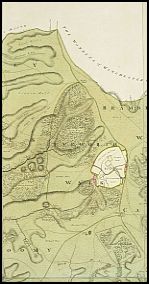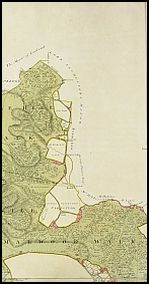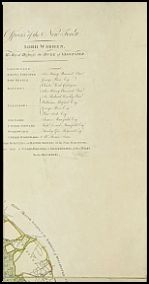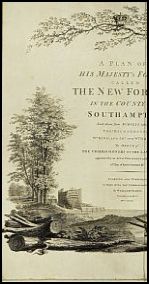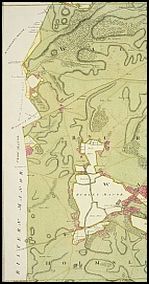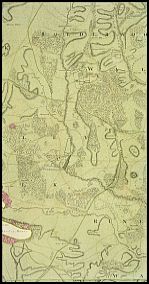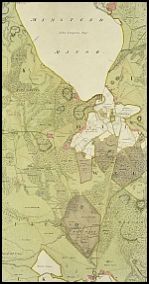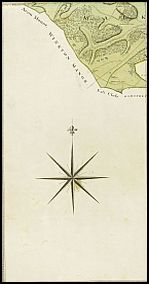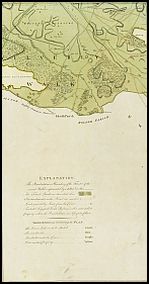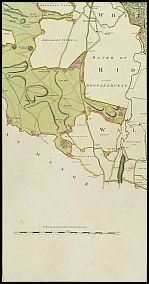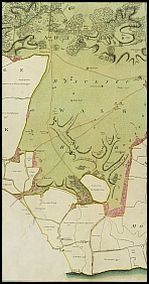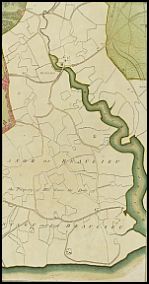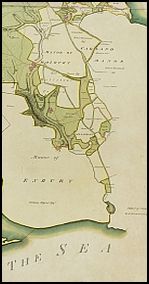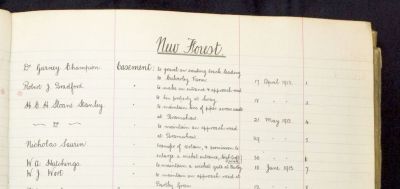While the units of area based on the chain seem somewhat complex, there is an underlying simplicity behind them. The method below is an illustration of the algorithm, adapted from The Practical Surveyor by Samuel Wyld, published in 1725.
Let us say you have a parcel of land containing an area of 307960 square links.
a) Counting from the right, put a marker, perhaps a semi-colon, between the fifth and sixth character.
We obtain: 3;07960.
The acreage is the number to the left of the semi-colon.
Our parcel contains 3 acres and a bit more.
b) Multiply the number to the right of the semi-colon by 4 (the number of roods in an acre) to calculate the number of roods.
07960 x 4
We obtain: 31840.
Once again we place a semi-colon between the fifth and sixth character counting from the right.
There is no sixth character, so we insert a zero.
We obtain: 0;31840
The number of roods is the number to the left of the semi-colon. There are no roods.
Our parcel contains 3 acres, 0 roods and a bit more.
c) Multiply the number to the right of the semi-colon by 40 (the number of poles in a rood).
31840 x 40
We obtain: 1273600
Once again we place a semi-colon between the fifth and sixth character counting from the right.
12;73600
The number of poles is the number to the left of the semi-colon.
Our parcel contains 3 acres, 0 roods and 12 poles. And, for any obsessives, an aditional 73600 hundred thousandths of a pole, roughly the area of a double garage.
This algorithm simply requires us to be able to count the digits of a number from right to left and to be able to multiply by four.
It is a triumph of combining the decimal system with the traditional measurements of land.


